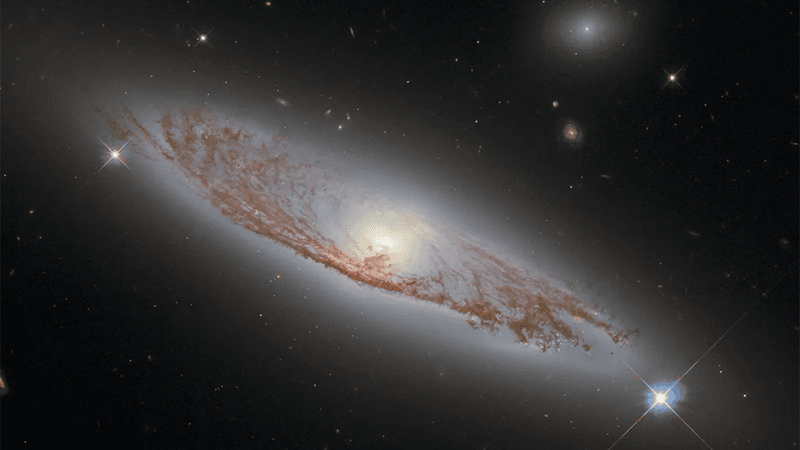The Sun affects everything in the Solar System, and not just through its mass and light. A stream of plasma is constantly released – that is the solar wind – and it impacts all the worlds around the Sun. There are many mysteries surrounding the solar wind, especially at its origin in the Sun’s atmosphere, the solar corona. A new instrument is looking right at it with incredible results.
The Italian-built instrument is called Metis and it is the coronagraph on board the European Space Agency’s Solar Orbiter. This mission is studying the Sun like never before and soon it will shift its orbital plane to observe the Sun from above, looking at its poles for the first time. A coronagraph is an instrument that creates an eclipse, blocking the light from the solar disk and showing the tenuous but hot solar corona.
Metis has high resolution in both time and space, so it can see minute details and measure quick changes. On October 12, 2022, it took the images in the video below showing the turbulence in the solar corona. The spacecraft was 43.4 million kilometers (27 million miles) from the Sun. Imposed to the Metis video, there are observations of the Sun in extreme ultraviolet from another instrument. Together, they make a fascinating picture.
The turbulent motion of the solar wind is not a bug, it is a feature. It starts right near the Sun and continues as the solar wind moves from its roots into the interplanetary space. The Metis observations in visible and ultraviolet light show the structure and motion of the wind right in the thick of the corona.
The result reveals important mechanisms in the release of the solar wind – mechanisms that had long been suspected to exist but that were not possible to observe before Metis. The turbulent motion in the corona affects how the solar wind is heated up, how it speeds away from the Sun, and how it will affect the atmospheres and magnetic fields of the planets of the Solar System.
For Earth in particular, understanding the solar wind is an important part of space weather forecasting. Space weather affects satellites in a variety of ways. Communication, predictions, and remote sensing all depend on the instruments above our heads, and space weather can cause trouble up above and down on Earth. Solar Orbiter’s work is expanding our understanding and will do so even more when it can look at the solar wind from above.
A paper discussing these results is published in The Astrophysical Journal Letters.




![An artist’s concept looks down into the core of the galaxy M87, which is just left of centre and appears as a large blue dot. A bright blue-white, narrow and linear jet of plasma transects the illustration from centre left to upper right. It begins at the source of the jet, the galaxy’s black hole, which is surrounded by a blue spiral of material. At lower right is a red giant star that is far from the black hole and close to the viewer. A bridge of glowing gas links the star to a smaller white dwarf star companion immediately to its left. Engorged with infalling hydrogen from the red giant star, the smaller star exploded in a blue-white flash, which looks like numerous diffraction spikes emitted in all directions. Thousands of stars are in the background.]](jpg/jet-m.jpg)
